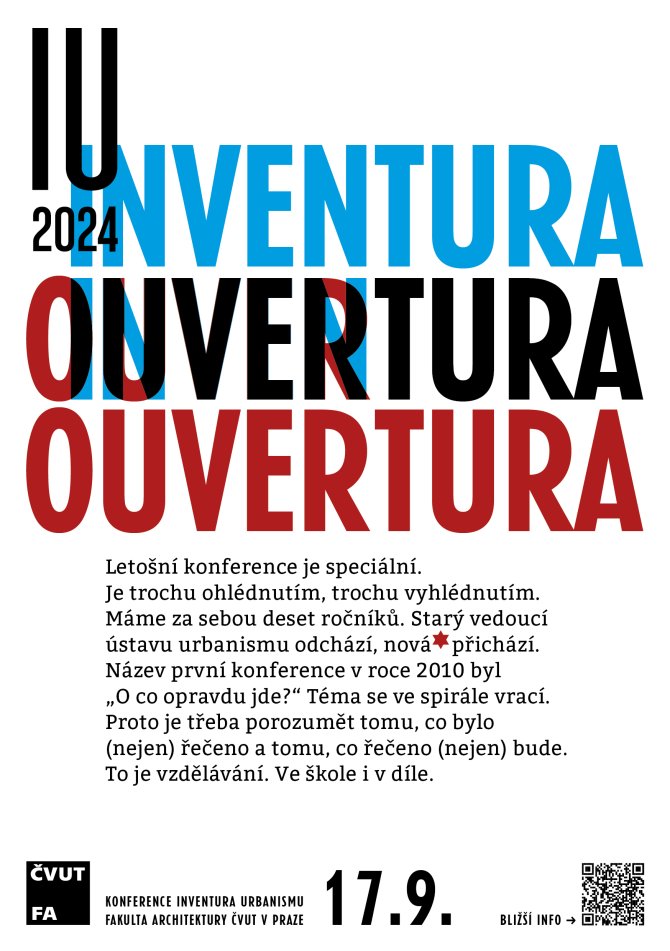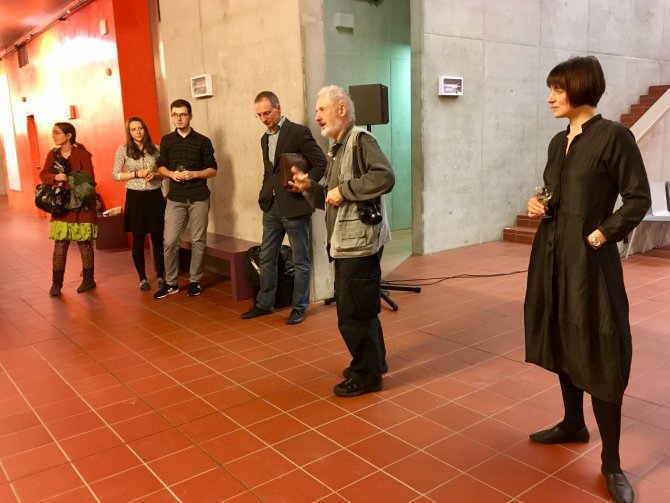Privately owned public spaces (POPS) in Prague
Until the beginning of the 20th century, the city's public space consisted of streets, squares and parks. With the advent of modernism, this list was expanded to include green open spaces between solitary buildings. After 1990, with the new economic model of urban development, the nature of public spaces in post-socialist cities expanded to include gated communities, shopping malls and privately owned public spaces (POPS). Most often, POPS are part of new office and retail projects.
At the workshop, using the OMAI model, we will discuss the nature of public space and its development and analyze POPS's urban and architectural characteristics. We will also investigate whether and how POPS affect people and their activities in a place.
In the second phase of the ATHENS course, each student identifies a POPS in their hometown and presents its history, development, spatial attributes and the nature of the activities that take place there.
IMPORTANT DATES NAD INFORMATION
We will meet Monday in front of the Faulty of Architecture at 9.00
For the whole workshop wou will be working in groups of 3 - 4.
I will give you maps of POPS in Prague and tracing papers for the final presentations. Please bring coloured pencils or markers.
BEFORE THE COURSE, PLEASE DOWNLOAN AND READ Challenging the ‘End of Public Space’: A Comparative Analysis of Publicness in British and Dutch Urban Spaces (ru.nl)
Monday - 9.00 - 12.00 - We will introduce the course, I will have a presentation about POPS. You will create the groups. After lunch you will visit the POPS in Prague.
Tuesday 9.00 - 15.00 - With your collegues from the group you will work on the analysis.
Wednesday 9.00 - 15.00 - With your collegues from the group you will work on the analysis.
Thursday 9.00 - 15.00 - With your collegues from the group you will work on the analysis.
Friday 9.00 - 15.00 - You will present yout work to the class and invited guests.
https://drive.google.com/drive/folders/1gTnc6WgOq2qRCic_ikpUr757AAGjaODm?usp=drive_link
The online phase of the course
Students will identify a publicly owned private space in their hometown and assess its attributes compared to a predominant public space in the city.
1. First, they will present the urban history of the space and describe its position within the urban network of the city.
2. Second, they will present the public space development, the land use of the surrounding buildings and the urban and architectural design, including the street furniture, greenery and water features.
3. Third, they will analyse how the space is regularly used and describe the formal and informal control over it.
4. Fourth, the students compare the qualities of the space with the publicly owned urban space.
The results will be presented in a pdf format and include the following:
- Maps of the scale of the city.
- A detailed masterplan of the area.
- An urban analysis of the public space.
- Photographs.
- Diagrams and text.








